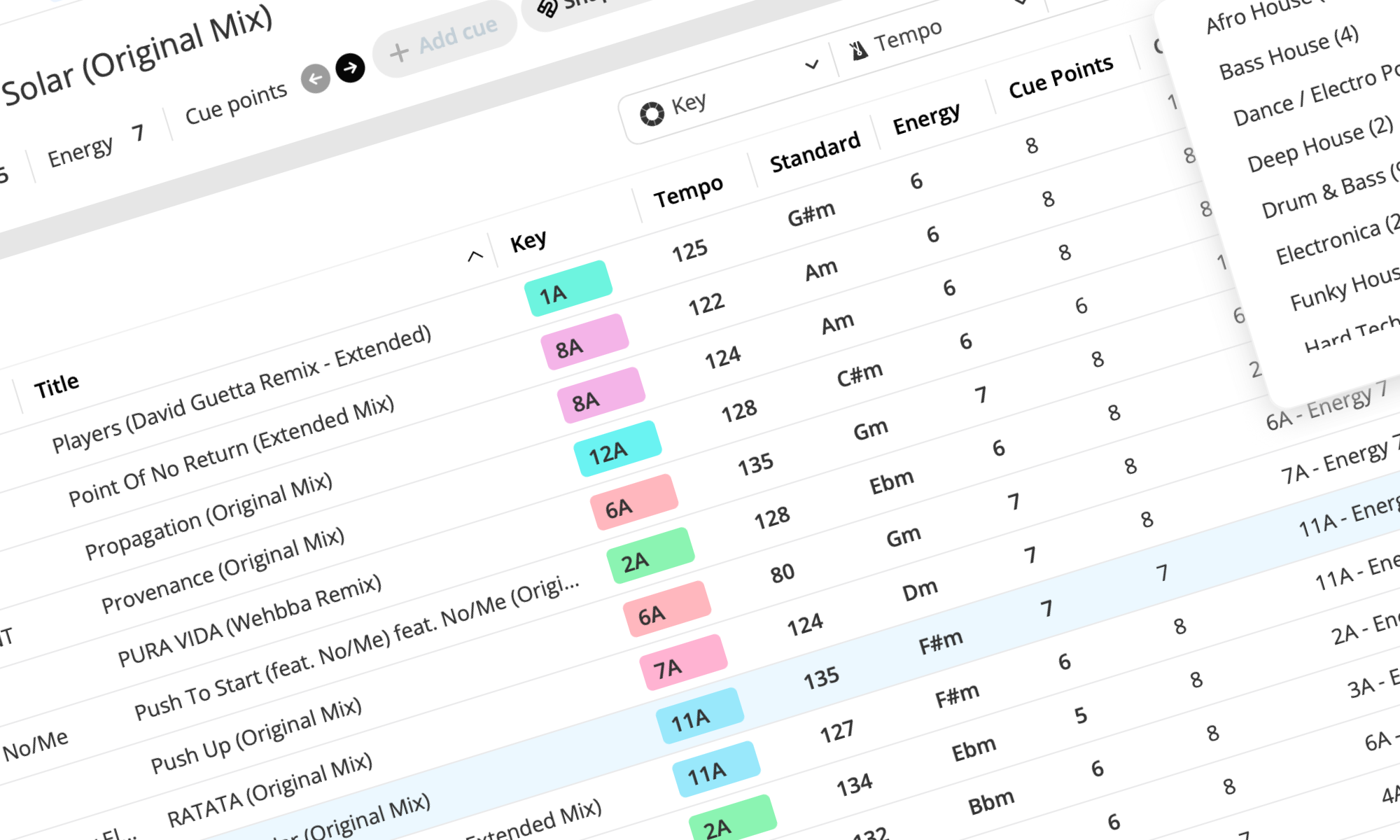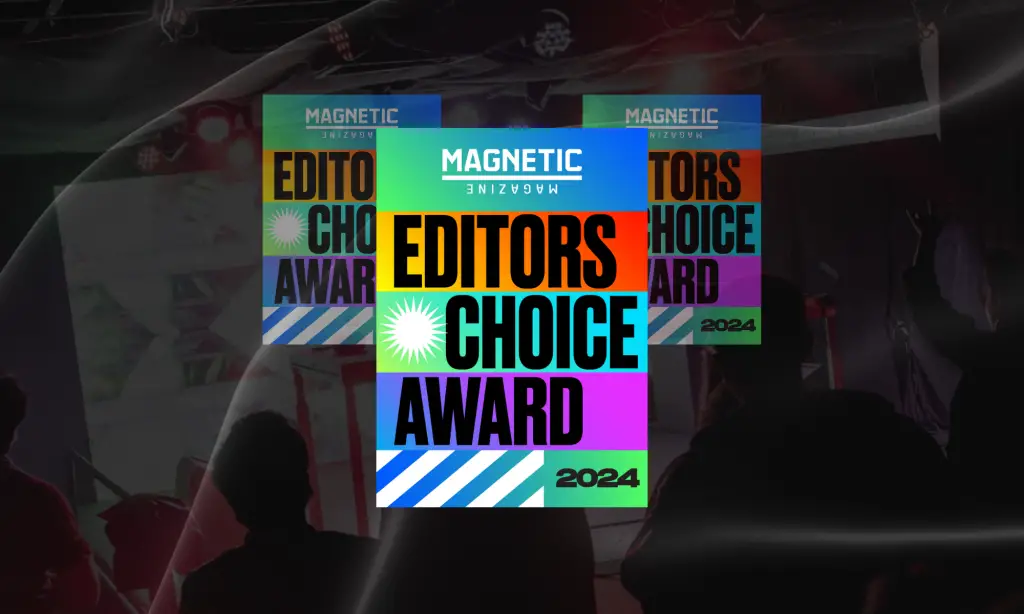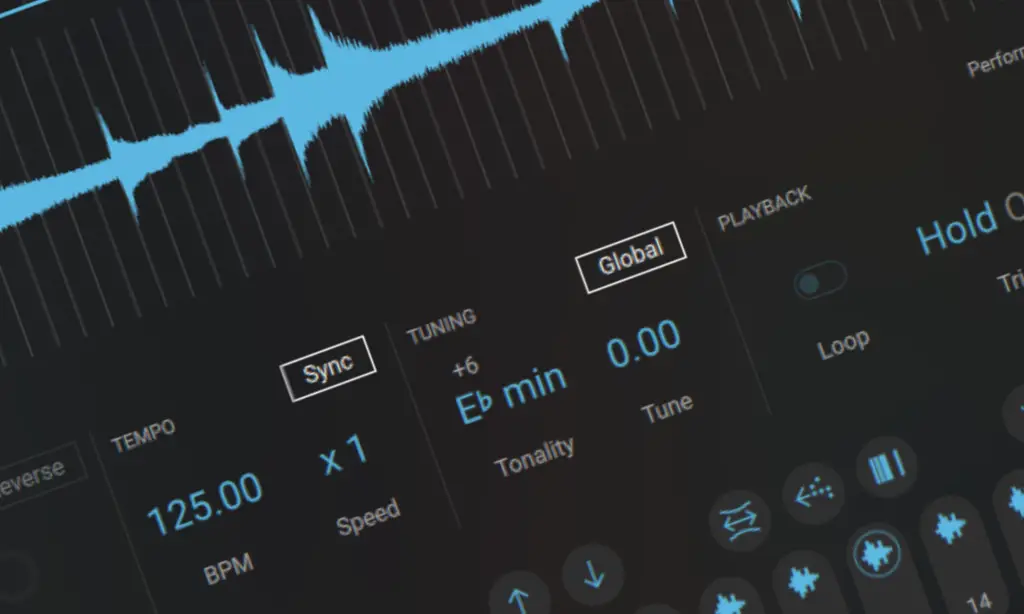
The Mixed In Key team is pushing the boundaries of DJ workflow in ways that feel refreshingly intuitive. We spoke with James Araujo, Marketing Director at Mixed In Key about how their user feedback shaped the latest updates to Mixed In Key 11, including the addition of playlist filters and the Snap Cue feature. It’s clear they didn’t just add features for the sake of it; Mixed In Key are focused on making gig prep faster and less of a hassle.
Whether it’s organizing tracks by key, energy level, or genre, every update here has one goal: helping DJs lock in their sound without getting bogged down.
One of the standout additions in this version is the nested playlists, a tool that lets DJs group tracks by vibe or set type. You’ve got your peak-hour tracks ready, your chill-out vibe is set, and it’s all in one place—no more scrolling through endless lists. Plus, the team dug into the nitty-gritty of cue management, making it easier to get those cue points exactly where you want them. Snap Cue snaps your cue right to the beat you need, so you’re not wasting time tweaking settings mid-set.
Talking with James Araujo from the Mixed In Key team, you can tell they’re just as invested in the user experience as they are in the tech. Yakov and the design crew worked to keep the interface familiar while bringing a fresh look and smarter navigation. This interview digs into their process, the roadblocks they hit, and what’s next for Mixed In Key.

1 – What were the primary goals in developing Mixed In Key 11 compared to previous versions?
In Mixed In Key 11, our main goal was to make playlist management and prep for DJ gigs a whole lot easier. We put a lot of focus on advanced filters, letting users sort their collection by Key, Energy Level, Genre, and BPM. This makes getting ready for gigs so much simpler.
We also added nested playlists, which let you organize your tracks within other playlists. The nested playlists make it even easier to manage different genres, moods, or events. For example, if you want all your Energy Level 5-6 tracks, you can easily filter them and end up with the perfect set for a warm-up gig or a chillout vibe. It’s all about giving DJs better tools to quickly find the right tracks for the right moment.
2 – What advancements in workflow optimization did you focus on in this release?
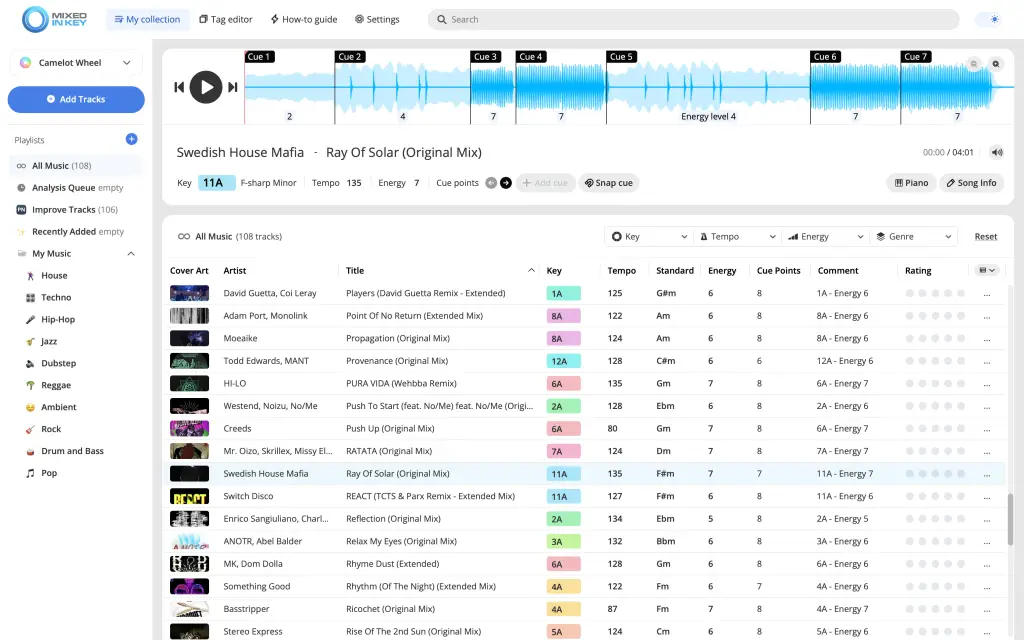
Besides advanced filters and nested playlists, we added the Snap Cue feature. It makes adjusting cue points on tracks super easy. Manual Reordering gives you the freedom to arrange your playlists exactly how you want. We also gave the interface a fresh update to make it more intuitive.
The Expandable Camelot Wheel helps to manage space when you need it, and the Additional Audio Player in the Tags Editor tab makes organizing your tracks more efficient.
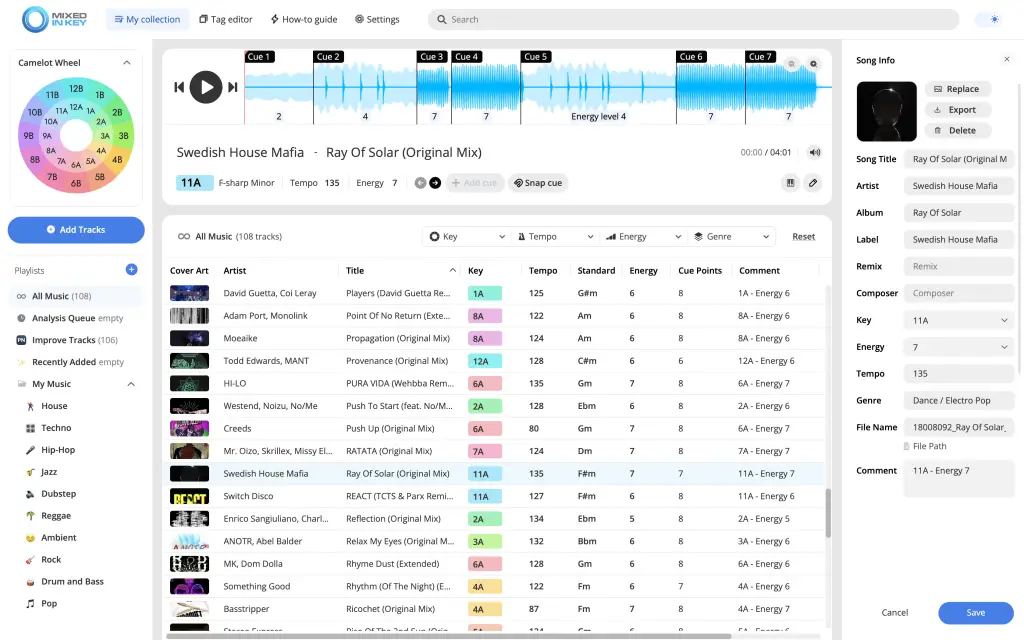
The new Song Info Panel lets you quickly edit track details, and now you can even add emojis to your playlists for a personal touch. We also expanded tagging options and editable columns, so everything integrates smoothly with DJ software.
3 – What are the key improvements in the cue point detection algorithm, and how does it differ from older iterations of the software?
We fixed some issues with cue points being off by a 1/4 or 1/2 beat in previous versions, so now the cue point detection algorithm is more accurate. We also added the Snap Cue feature, which makes it easier to adjust cues. It helps you skip the boring parts of a track by snapping to the closest cue point next to your current time marker. Think of it like a magnet that pulls the cue points exactly where you want them.
There’s still room for improvement, and we’re going to keep working on making our cue point detection algorithm even better.
4 – How do you balance simplicity with functionality in designing the user interface for Mixed In Key 11?
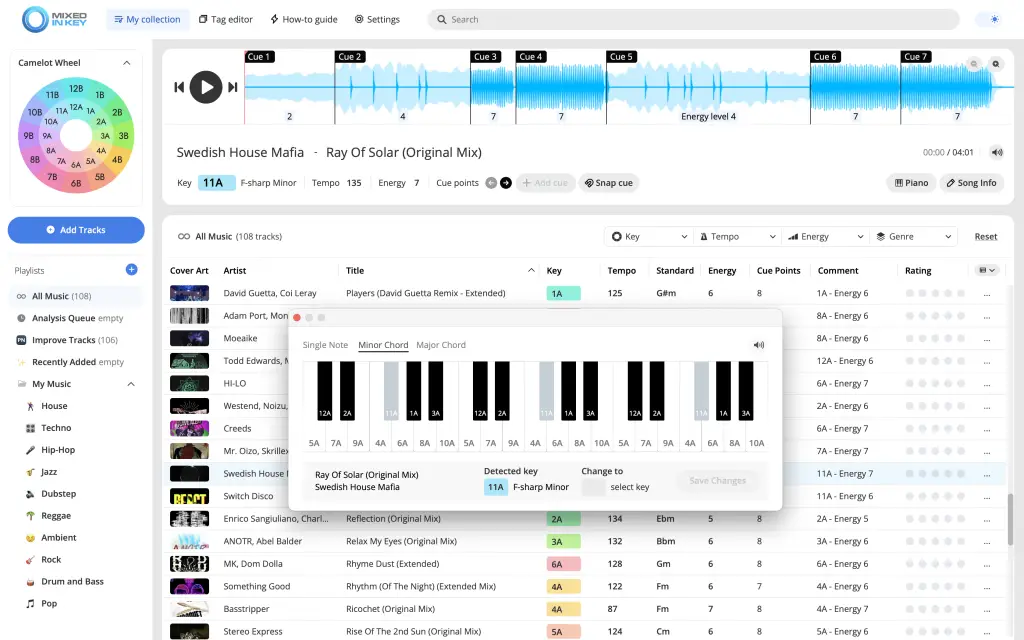
Our design team is fantastic, and Yakov, our Founder, is fully involved in every design decision.
For Mixed In Key 11, we aimed to strike a balance between giving the UI a fresh, modern update while keeping it familiar for our long-time users. We wanted previous users to feel at home with the new version while still enjoying the updated look and all the new features that our community really loves.
We have a team of developers focused on making sure Mixed In Key integrates well with all the major DJ software our users use. Our Quality Assurance Director tests these integrations thoroughly across different DJ software, on both Mac and Windows, and various OS versions. It’s a complex process, but it’s important to us that users have a smooth experience getting everything from Mixed In Key into their favorite DJ software. To learn about how Mixed In Key 11 integrates with DJ software, check out our YouTube channel.
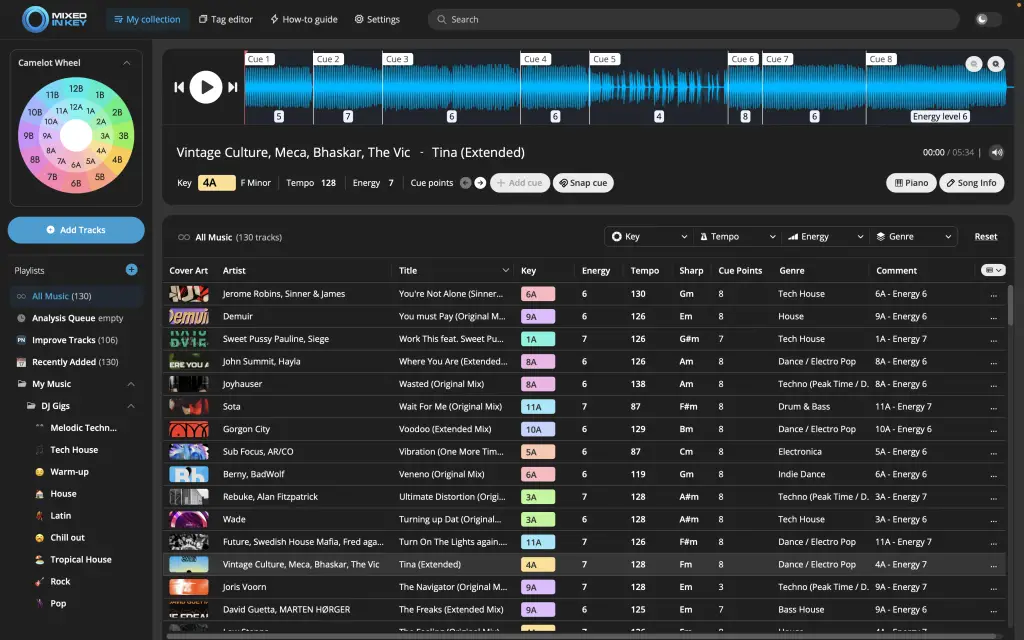
5 – Were there any unexpected challenges in developing the energy level detection for tracks?
The energy level detection was developed before I joined the company eight years ago, so I can’t speak to the technical challenges directly.
But I do know it was a complex feature that made a big impact. As someone who used Mixed In Key before joining the team, I can say it’s always been super helpful for prepping sets or quickly understanding the vibe of a track during a gig. I wish I could give a more technical answer, but from a user perspective, it’s a feature that really adds a lot of value.
6 – What steps do you take to ensure Mixed In Key integrates smoothly with future DJ software updates?
We have a team of developers focused on making sure Mixed In Key integrates well with all the major DJ software our users use. Our Quality Assurance Director tests these integrations thoroughly across different DJ software, on both Mac and Windows, and various OS versions. It’s a complex process, but it’s important to us that users have a smooth experience getting everything from Mixed In Key into their favorite DJ software.
There’s still some work to do to make integration even better, so expect some great updates in the near future with improvements on that front.
7 – What do you envision for the future of Mixed In Key, and how do you plan to innovate further?
When we launch a new version of our products, we immediately start working on what’s next—whether it’s a brand-new version or completely new software. Our policy is to build things that haven’t been done before. We don’t just copy existing ideas on the market and make another version of what’s already out there. So, you can look forward to some exciting updates for Mixed In Key and our other products, and some brand-new innovations coming in 2025.\
